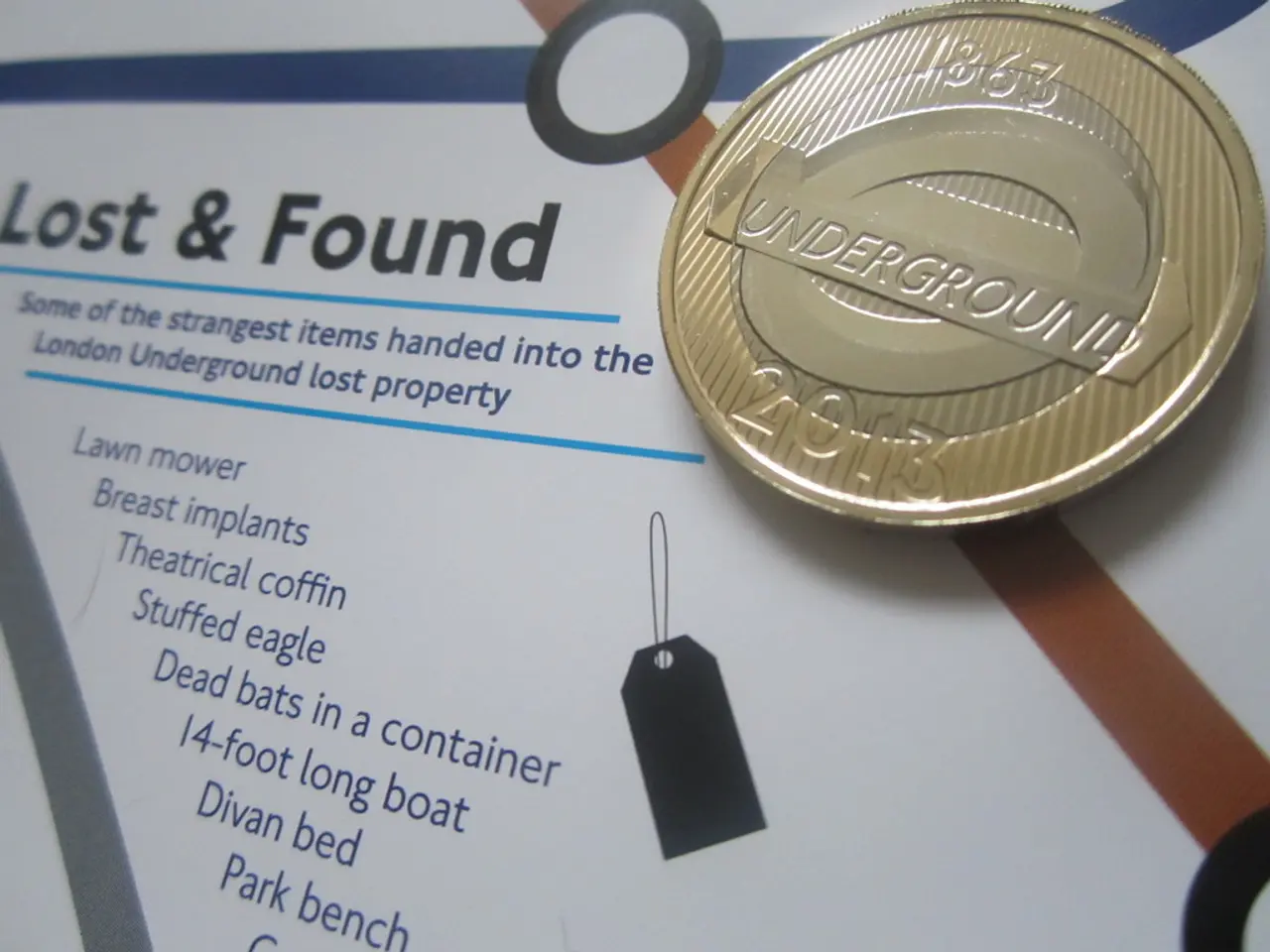Lifecycle of Goods and Services
Managing the life cycle of a product is crucial for businesses to maximise profit, maintain market share, and adapt to changing market conditions. Each stage of a product's life cycle presents unique challenges and opportunities, requiring tailored marketing strategies and approaches.
Development Phase
In the development phase, the focus is on conceptualising, designing, and testing the product. This initial stage involves high costs as the product is still in prototype form and has not generated any sales. Key strategies during this phase include identifying product requirements, coordinating production, testing in various markets, and strategising to meet supply demands.
Introduction Phase
The introduction phase marks the launch of the product. Marketing efforts are geared towards educating consumers, building awareness, and establishing brand presence, despite low sales volume. Companies must carefully coordinate production and distribution while managing high costs and limited profit.
Growth Phase
As the product gains acceptance, sales start to increase rapidly during the growth phase. Strategies during this stage include scaling production, expanding distribution channels, increasing advertising to grow market share, optimising supply chains, generating leads, and enhancing customer support to build loyalty. Continuous sales monitoring and forecast adjustments are essential during this phase.
Maturity Phase
Sales growth plateaus in the maturity phase, with the product becoming established in the market. The focus shifts to maintaining market share and maximising profitability. Key strategies include differentiating the product, optimising inventory, refining branding to ensure consistency, and closely monitoring demand signals to detect early signs of decline. Cost control, customer retention, and efficiency in replenishment are critical during this phase.
Decline Phase
In the decline phase, sales and demand decrease steadily. Strategies during this stage involve minimising obsolete inventory, scaling down production and marketing investments, considering product discontinuation or repositioning, and examining customer repurchase behaviours to ease transitions. Some companies may also reconfigure or innovate on the product to extend its life.
Effective management of the product life cycle requires clear frameworks and timelines for transitioning between these phases. This ensures better coordination and adaptability to market changes throughout the product's life cycle.
In summary, managing the product life cycle involves focusing on product design, testing, and supply readiness during development; building awareness and establishing distribution with controlled costs during introduction; scaling operations, boosting marketing, and refining customer support during growth; optimising inventory and differentiating the product to sustain sales during maturity; and minimising inventory loss, reducing investment, or repositioning the product during decline.
Successful advertising and promotion lead to the growth phase, characterised by increasing sales. The length and number of sales in a product life cycle may vary, but the overall pattern is similar for each product. In the mature phase, it is determined whether the product is successful or not, with the market leader having the largest market share. Options for extending the life of the cycle include reducing prices, adding new features, or new packaging.
Many businesses record and track their sales information to describe the product life cycle pattern. A product life cycle consists of five distinct stages: Development, Introduction, Growth, Mature, and Decline. Understanding the current stage of a product's life cycle is essential for adjusting marketing strategies and making decisions about costs and prices for maximum profit.
In the growth phase, companies boost marketing efforts to grow market share, optimizing supply chains, generating leads, and enhancing customer support to build loyalty (successfully advertising and promotion lead to the growth phase). During the maturity phase, the focus shifts to maintain market share and maximize profitability, with key strategies including differentiating the product, optimizing inventory, and refining branding (in the mature phase, it is determined whether the product is successful or not, with the market leader having the largest market share).




